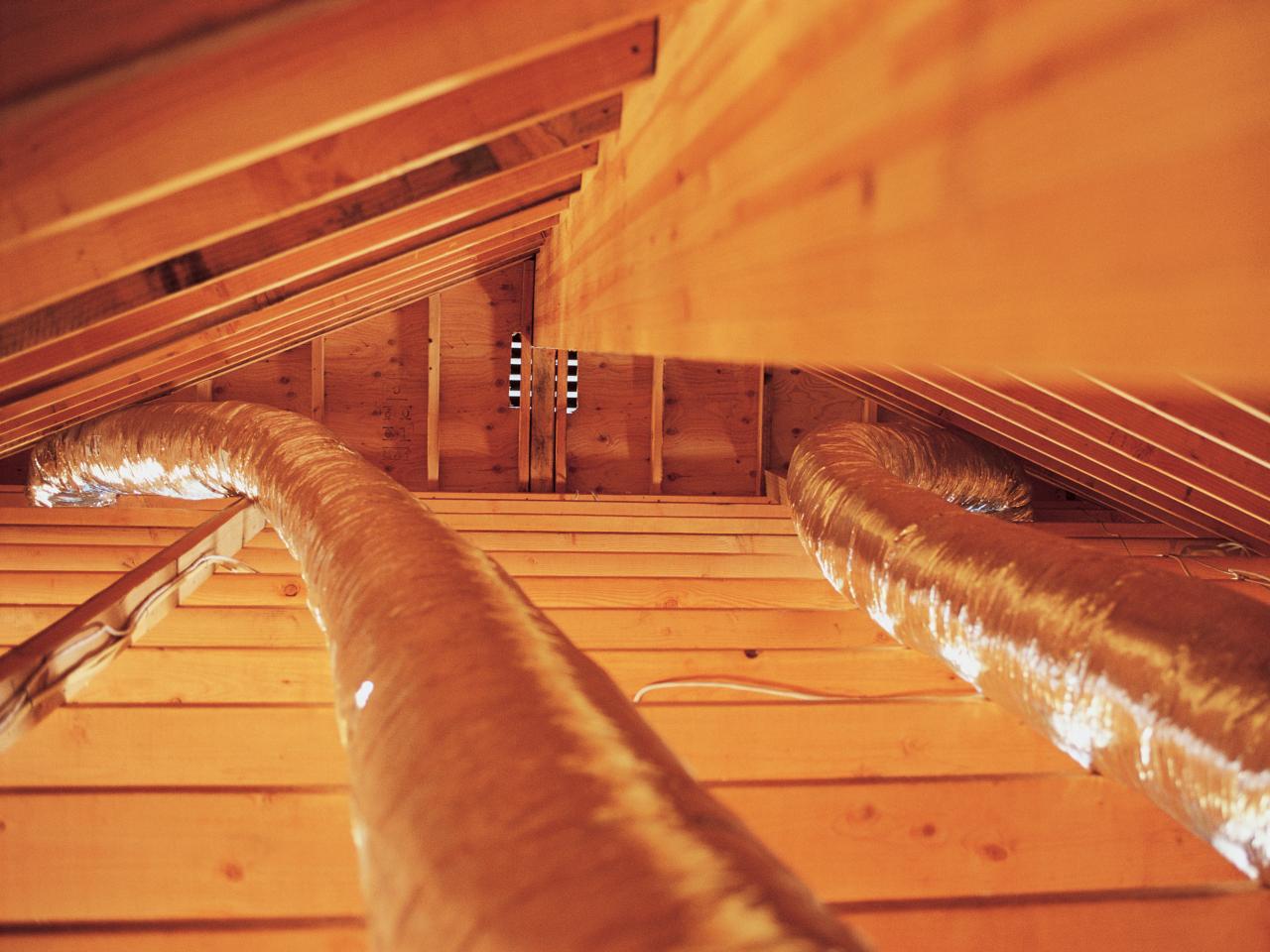

Articles
How Hot Should An Attic Get
Modified: December 7, 2023
Discover the ideal temperature range for your attic in this informative article. Keep your home comfortable and energy-efficient with these helpful tips.
(Many of the links in this article redirect to a specific reviewed product. Your purchase of these products through affiliate links helps to generate commission for Storables.com, at no extra cost. Learn more)
Introduction
Welcome to our comprehensive guide on attic temperature! If you own a home, you know how important it is to maintain a comfortable and well-regulated living environment. While we often focus on heating and cooling our main living spaces, an area that is often overlooked is the attic.
The attic plays a crucial role in the overall thermal performance of a house. It acts as a barrier between the living space and the elements, providing insulation to prevent heat loss in winter and heat gain in summer. However, the attic temperature can fluctuate significantly, impacting energy efficiency, structural integrity, and even the lifespan of your roof.
In this article, we will explore the ideal temperature range for an attic, the factors that influence attic temperature, and the consequences of an overheated or underheated attic. We will also discuss tools and methods that can help you regulate and maintain the optimal temperature in your attic.
Whether you are a homeowner, contractor, or simply curious about how attics work, this article will provide you with valuable insights and practical tips. So, let’s dive in and discover how to keep your attic temperature in check!
Key Takeaways:
- Maintaining the optimal attic temperature is crucial for energy efficiency, roof durability, and overall comfort. Proper insulation, ventilation, and monitoring can mitigate the consequences of an overheated or underheated attic.
- Factors such as climate, insulation, and ventilation influence attic temperature. Implementing tools like radiant barriers, attic fans, and roof coatings can effectively regulate temperature, improve energy efficiency, and create a comfortable living environment.
Read more: How Hot Can An Attic Get In The Summer
The Role of Attic Temperature
The attic temperature plays a crucial role in the overall thermal performance of a building. It directly affects the comfort level of the living space below, the durability of building materials, and the efficiency of your HVAC system. Let’s delve deeper into the specific roles of attic temperature:
- Energy Efficiency: The attic temperature has a significant impact on energy consumption. During hot summers, a poorly ventilated and insulated attic can trap heat, resulting in increased cooling costs. On the other hand, in colder months, heat loss from the living space can occur through the attic if it is not well-insulated. By maintaining the right attic temperature, you can minimize energy waste and optimize your energy efficiency.
- Roof Lifespan: Extreme attic temperatures can cause damage to your roof. Excessive heat can accelerate the degradation of roofing materials, leading to premature aging and potential structural issues. Likewise, rapid temperature fluctuations due to poor insulation can cause thermal expansion and contraction, causing roof materials to shrink, crack, or warp. Controlling attic temperature can extend the lifespan of your roof and save you from costly repairs or replacements.
- Moisture Control: Attic temperature also plays a vital role in moisture control. High humidity levels in the attic can lead to condensation, which can promote the growth of mold and mildew. This can not only damage the attic structure but can also have adverse health effects on you and your family. Proper ventilation and appropriate attic temperature levels help mitigate moisture-related issues and keep your attic dry and healthy.
- Living Space Comfort: Attic temperature indirectly affects the comfort level of the living space below. If the attic is excessively hot, it can raise the temperature of the rooms directly beneath it, making them uncomfortable and requiring more cooling. Conversely, in winter months, a cold attic can introduce cold air drafts, making it harder to maintain a comfortable indoor temperature. Maintaining the right attic temperature can help create a more pleasant living environment throughout the year.
Understanding the role of attic temperature is essential for homeowners and building professionals alike. By recognizing its significance, you can take appropriate measures to ensure optimal attic temperature, improve energy efficiency, protect your roof, and enhance the overall comfort and durability of your home or building.
Factors Influencing Attic Temperature
Attic temperature is influenced by various factors, which can vary depending on the climate, insulation, ventilation, and design of your home. Understanding these factors can help you identify potential issues and take appropriate steps to regulate and maintain the optimal attic temperature. Let’s explore the key factors influencing attic temperature:
- Climate: The climate in which your home is located plays a significant role in attic temperature. If you live in a hot and humid region, the attic temperature is likely to be higher compared to a cooler climate. Similarly, in colder regions, the attic temperature can drop significantly during winter months. Understanding the climate in your area will help you determine the appropriate measures to regulate attic temperature.
- Insulation: The level of insulation in your attic is crucial for controlling temperature. Proper insulation helps reduce heat transfer between the attic and the living space below, keeping the attic temperature stable. Insufficient insulation can lead to heat loss or gain, resulting in temperature extremes. Ensuring adequate insulation based on local building codes and recommendations can help maintain a consistent and comfortable attic temperature.
- Ventilation: Attic ventilation is another important factor in controlling attic temperature. Adequate ventilation allows for the exchange of air between the attic and the outside environment, preventing the buildup of heat and moisture. Proper airflow helps regulate the temperature and ensures that the attic remains within the recommended range. Insufficient ventilation can trap heat in the attic, leading to excessive temperatures.
- Roof Color and Material: The color and material of your roof can impact attic temperature. Dark-colored roofs tend to absorb more heat from the sun’s rays, resulting in higher attic temperatures. Lighter-colored roofs reflect more sunlight, keeping the attic cooler. Additionally, the type of roofing material can affect thermal conductivity and insulation properties, influencing attic temperature. Consider these factors when selecting or replacing your roof.
- Solar Radiation: Solar radiation is a significant contributor to attic temperature. The amount of sunlight and its intensity on your roof can directly impact attic temperature. Areas with high sun exposure will experience greater heat gain, resulting in higher attic temperatures. Factors such as the orientation of your house and the presence of shade from surrounding structures or trees can also affect solar radiation and attic temperature.
Other factors, such as the size of the attic, air leaks, and the presence of HVAC systems or ductwork, can also influence attic temperature. Evaluating and addressing these factors in your specific situation will help you create a comfortable and well-regulated attic environment. It is best to consult with professionals or conduct a thorough energy audit to assess the factors influencing your attic temperature accurately.
Recommended Attic Temperature Range
The recommended attic temperature range is essential for optimal energy efficiency, roof durability, and overall comfort in your home. While specific guidelines may vary depending on your climate and region, a general rule of thumb is to maintain the attic temperature within the range of 120°F (49°C) to 140°F (60°C) during summer months and 30°F (-1°C) to 50°F (10°C) during winter months.
During hot summer months, it is crucial to prevent the attic temperature from exceeding 140°F (60°C). Higher temperatures can lead to increased cooling costs, premature aging of roofing materials, and potential damage to the overall structure. Proper insulation and ventilation play a significant role in preventing excessive heat buildup in the attic.
In colder winter months, it is important to prevent the attic temperature from dropping below freezing, as this can result in frozen pipes, ice dams, and other structural issues. Maintaining the attic temperature within the recommended range of 30°F (-1°C) to 50°F (10°C) helps prevent these problems and ensures a comfortable living environment.
It is important to note that these recommended ranges are not set in stone and can vary depending on factors such as local climate, insulation levels, and individual preferences. Consulting with a professional or following local building codes and guidelines can provide more accurate recommendations for your specific situation.
Efforts to regulate attic temperature should also consider the overall energy efficiency of your home. Implementing proper insulation, sealing air leaks, and ensuring adequate ventilation will not only help maintain the recommended attic temperature but also improve the energy efficiency of your entire home.
Regular monitoring of the attic temperature, especially during extreme weather conditions, can help identify any potential issues and allow for timely adjustments or repairs. Keep in mind that prevention is key when it comes to attic temperature management, so proactive measures and regular maintenance are essential to ensure a well-regulated attic environment.
Keep your attic temperature below 120°F to prevent damage to stored items, reduce energy costs, and extend the lifespan of roofing materials. Use proper ventilation and insulation to help regulate the temperature.
Consequences of an Overheated Attic
An overheated attic can have several negative consequences, impacting both the comfort and structural integrity of your home. Understanding these consequences can help you recognize the importance of maintaining an optimal attic temperature. Let’s explore some of the potential issues associated with an overheated attic:
- Poor Energy Efficiency: An overheated attic can increase the temperature of the living space below, causing your cooling system to work harder to maintain a comfortable temperature. This results in higher energy consumption and increased cooling costs.
- Reduced Lifespan of Roofing Materials: Excessive heat in the attic can accelerate the degradation and aging of roofing materials. High temperatures can cause shingles to warp, crack, or curl, leading to premature roof failure. This can result in costly repairs or the need for a complete roof replacement.
- Increased Risk of Moisture Damage: Heat buildup in the attic can create a conducive environment for moisture accumulation and condensation. This can lead to the growth of mold, mildew, and rot, causing damage to the attic structure and potentially impacting indoor air quality.
- Formation of Ice Dams: In winter, an overheated attic can contribute to the formation of ice dams on the roof. When snow melts due to excessive heat from the attic, it can refreeze at the roof’s edges, leading to ice dams. These ice dams can cause water leakage into the attic and damage the roof, insulation, and ceilings below.
- Damage to HVAC Systems: An overheated attic can also have a detrimental effect on your HVAC systems. The excess heat can put additional strain on the air conditioning unit, potentially leading to reduced efficiency, increased wear and tear, and a shorter lifespan.
- Discomfort in Living Space: An overly hot attic can radiate heat down into the living space below, making it uncomfortable for occupants. This can result in the need for increased cooling, which can lead to higher energy costs and reduced comfort.
To mitigate the consequences of an overheated attic, it is essential to implement measures to control and regulate the attic temperature. Proper insulation, ventilation, and shading techniques can help maintain a consistent and optimal attic temperature, improving energy efficiency, prolonging the lifespan of your roof, and ensuring a comfortable living environment.
Regular maintenance and inspections can also help identify any issues with attic temperature and allow for timely repairs or adjustments. By taking proactive measures, you can prevent these consequences and maintain a well-regulated attic space that enhances the overall comfort and longevity of your home.
Read more: Why Does My Attic Get So Hot
Consequences of an Underheated Attic
An underheated attic can have several negative consequences, affecting both the comfort and integrity of your home. While we often associate attic temperature with excessive heat, inadequate heating in the attic during colder months can lead to its own set of issues. Let’s explore some of the potential consequences of an underheated attic:
- Poor Energy Efficiency: An underheated attic can result in increased heat loss from the living space below, especially during colder months. This can cause your heating system to work harder to maintain a comfortable temperature, leading to higher energy consumption and increased heating costs.
- Potential for Frozen Pipes: In extreme cold weather, an underheated attic increases the risk of frozen pipes. Without adequate heating, water pipes running through the attic may not receive enough warmth, causing the water inside to freeze. Frozen pipes can burst, leading to significant water damage and costly repairs.
- Formation of Ice Dams: An underheated attic can contribute to the formation of ice dams on the roof. When warm air from the living space rises and escapes into the cold attic, it can melt snow on the roof. As the water refreezes at the edges of the roof, ice dams form, which can cause water leakage and damage to the roof and interior of your home.
- Condensation and Moisture Issues: Inadequate heating in the attic can lead to condensation and moisture buildup. Cold surfaces combined with warm, humid air can result in condensation forming on surfaces, such as the underside of the roof deck. Over time, this can lead to mold, mildew, and rot, causing damage to the attic structure and potentially impacting indoor air quality.
- Reduced Comfort: An underheated attic can lead to drafts and cold spots throughout the living space, making the home less comfortable for occupants. Cold air from the attic can permeate through ceilings and walls, creating uncomfortable conditions and requiring increased heating efforts.
- Potential Structural Damage: Without proper heating, an underheated attic is more prone to issues such as ice dam formation, moisture damage, and poor ventilation. Over time, these factors can compromise the integrity of the attic structure, potentially causing structural damage and the need for expensive repairs.
To prevent the consequences of an underheated attic, it is vital to ensure proper heating and insulation. Adequate insulation helps to retain heat in the living space, while proper heating methods, such as radiant heating or HVAC system integration, can provide the necessary warmth to keep the attic at a suitable temperature.
Regular maintenance and inspections are crucial to identify any issues with heating in the attic. This allows for prompt repairs or adjustments to ensure a well-heated attic space, prevent energy loss, and maintain a comfortable living environment.
By addressing and correcting any underheating issues in your attic, you can improve energy efficiency, prevent potential damage, and enhance the overall comfort and durability of your home.
Tools and Methods to Regulate Attic Temperature
Regulating attic temperature is essential for maintaining energy efficiency, extending the lifespan of your roof, and ensuring a comfortable living environment. Fortunately, there are several tools and methods available to help you achieve optimal attic temperature control. Let’s explore some of the key tools and methods:
- Proper Insulation: Ensuring adequate insulation in your attic is vital for temperature regulation. Insulation acts as a barrier, preventing heat transfer between the attic and the living space below. This helps maintain a stable attic temperature, preventing excessive heat gain or loss. Insulation materials such as fiberglass, cellulose, or foam can be installed in the attic to improve energy efficiency and temperature control.
- Attic Ventilation: Proper attic ventilation plays a crucial role in temperature regulation. It allows for the exchange of air between the attic and the outside, preventing heat and moisture buildup. Ridge vents, soffit vents, gable vents, or powered attic fans can be installed to facilitate airflow and maintain optimal attic temperature. Ventilation also helps remove excess moisture, reducing the risk of mold and mildew growth.
- Radiant Barriers: Radiant barriers are highly reflective materials installed in the attic to reduce radiant heat transfer. They reflect the sun’s rays, preventing them from entering the attic and raising the temperature. Radiant barriers are particularly effective in hot climates and can significantly reduce attic heat gain, improving comfort and reducing cooling costs.
- Attic Fans: Attic fans, also known as attic ventilators, can help regulate attic temperature by promoting air circulation. These fans are installed in the attic and can be either roof-mounted or gable-mounted. They help remove hot air, reducing attic temperature and preventing heat buildup. Attic fans can be controlled manually or set to operate automatically based on temperature or humidity levels.
- Roof Coatings: Applying reflective roof coatings can help reduce attic temperature by reflecting solar radiation. These coatings are typically white or light-colored and can effectively decrease heat absorption by the roof. By reflecting the sun’s rays, they help keep the attic cooler, reducing the need for excessive cooling and improving energy efficiency.
- Sealing Air Leaks: Properly sealing air leaks in the attic is an essential step in temperature regulation. Air leaks can allow hot or cold air to enter or escape the attic, resulting in temperature fluctuations. Sealing gaps, cracks, and openings with weatherstripping, caulking, or insulation helps maintain a consistent attic temperature and improve energy efficiency.
It is important to note that the specific tools and methods you choose will depend on factors such as your climate, insulation levels, and personal preferences. Consulting with professionals, such as insulation contractors or HVAC specialists, can help identify the most suitable tools and methods for your specific situation.
Regular maintenance and inspections are key to ensuring the effectiveness of these tools and methods. Monitoring attic temperature, checking insulation, and ensuring proper ventilation are essential to keep your attic temperature regulated and optimize energy efficiency.
By implementing these tools and methods, you can effectively regulate attic temperature, improve energy efficiency, and create a comfortable and well-regulated living environment.
Conclusion
Attic temperature regulation is crucial for maintaining energy efficiency, protecting your roof, and ensuring a comfortable living environment. Understanding the role of attic temperature and the factors that influence it is essential for homeowners and building professionals alike.
By following recommended attic temperature ranges and implementing appropriate tools and methods, you can mitigate the consequences of an overheated or underheated attic. Maintaining the optimal temperature helps improve energy efficiency, extend the lifespan of roofing materials, prevent moisture-related issues, and enhance overall comfort.
Proper insulation, ventilation, and the use of radiant barriers, attic fans, or roof coatings can help regulate the attic temperature. Regular maintenance and inspections are important to identify any issues and make timely adjustments or repairs.
Remember that different climates, insulation levels, and individual preferences may require tailored approaches to attic temperature regulation. Consulting with professionals and considering local building codes and guidelines can provide more accurate recommendations for your specific circumstances.
By prioritizing attic temperature regulation, you can create a well-regulated attic space that improves energy efficiency, protects your home, and promotes a comfortable living environment for you and your family.
So, take the necessary steps to assess and regulate your attic temperature today. Your efforts will not only benefit your home and wallet but also contribute to a more sustainable and comfortable living environment.
Frequently Asked Questions about How Hot Should An Attic Get
Was this page helpful?
At Storables.com, we guarantee accurate and reliable information. Our content, validated by Expert Board Contributors, is crafted following stringent Editorial Policies. We're committed to providing you with well-researched, expert-backed insights for all your informational needs.
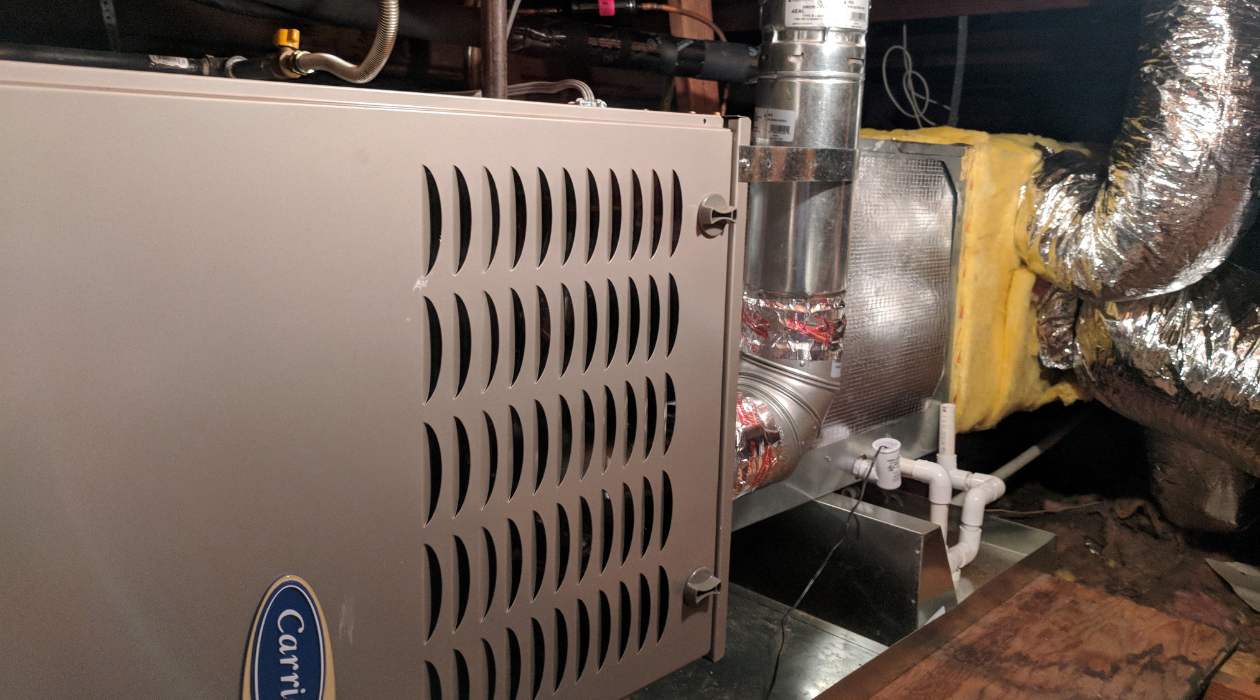
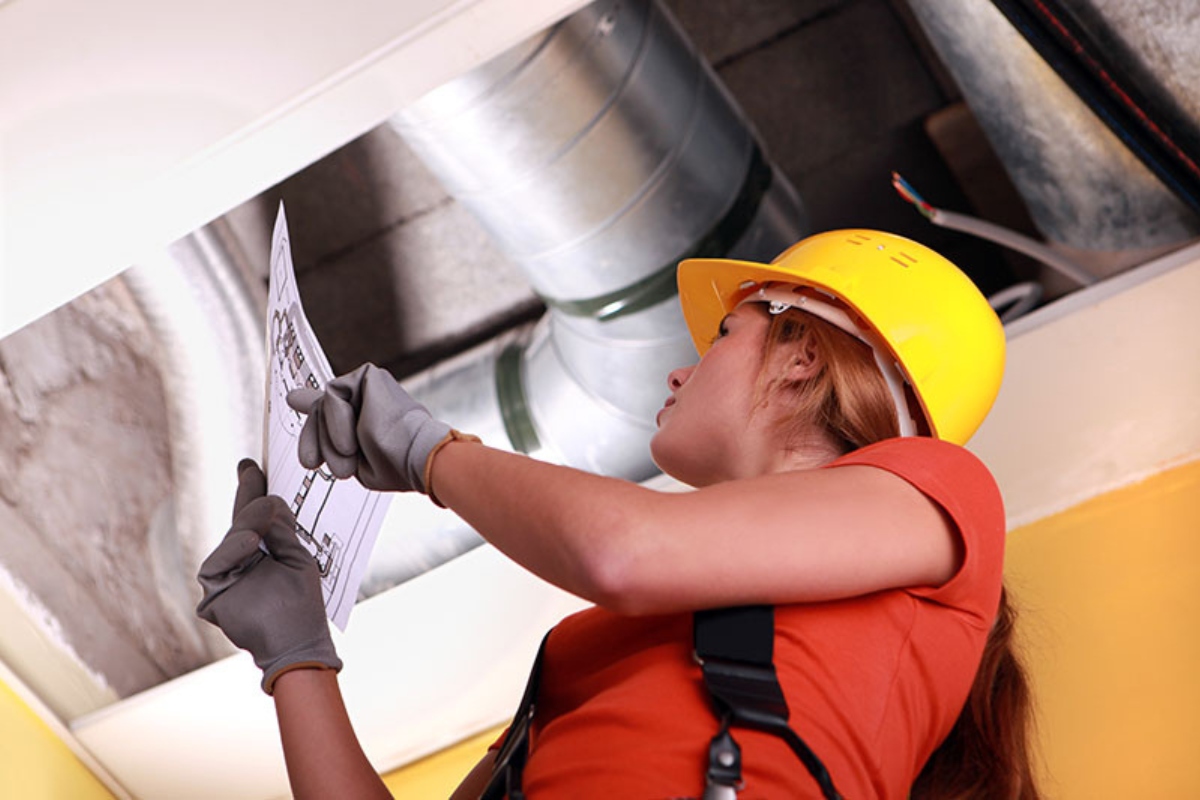


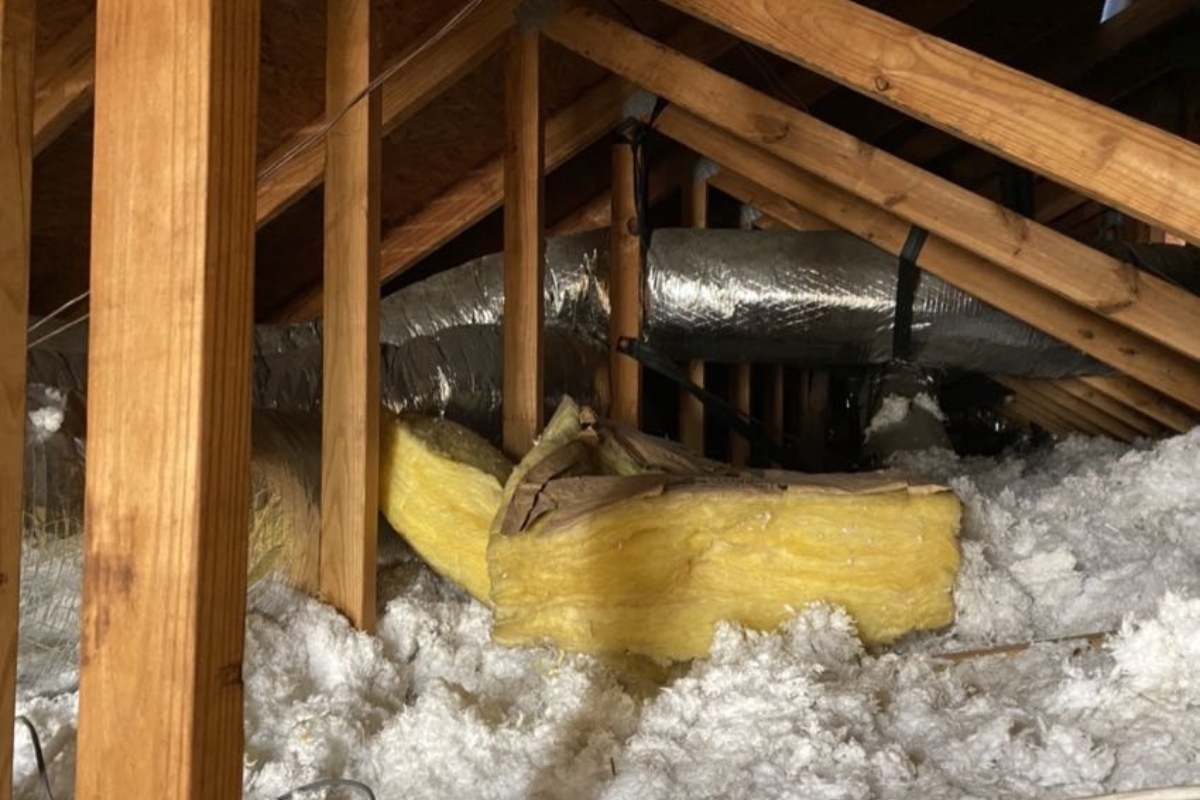


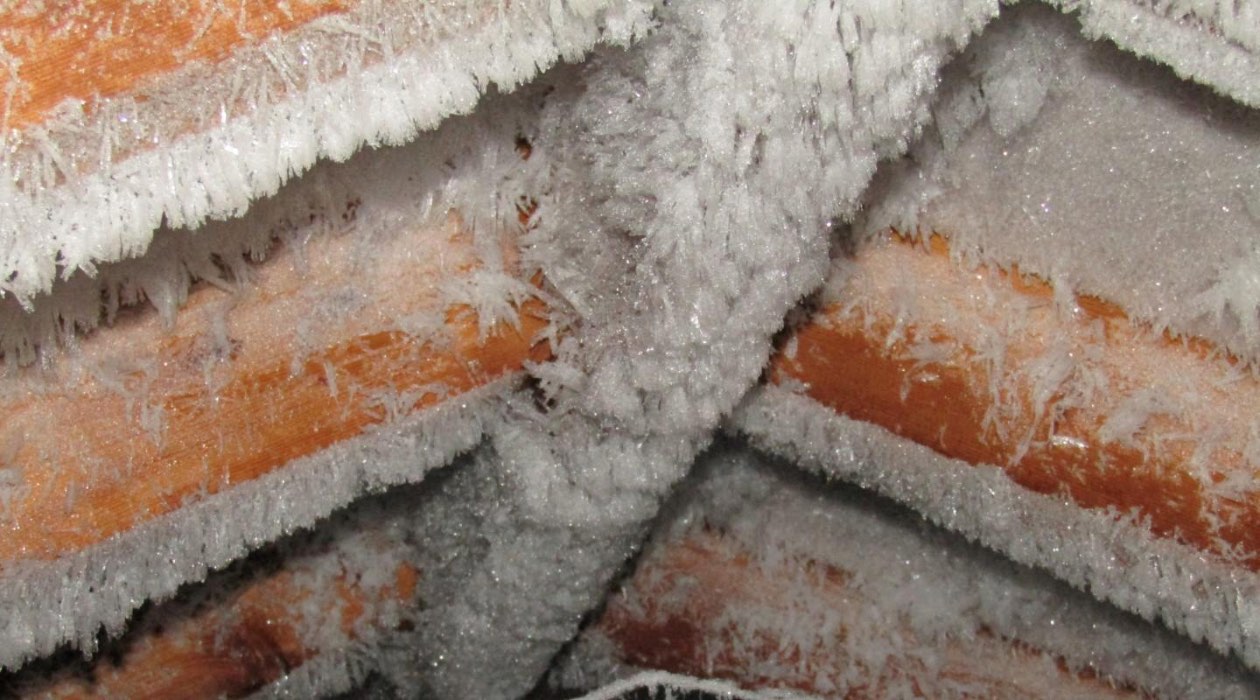



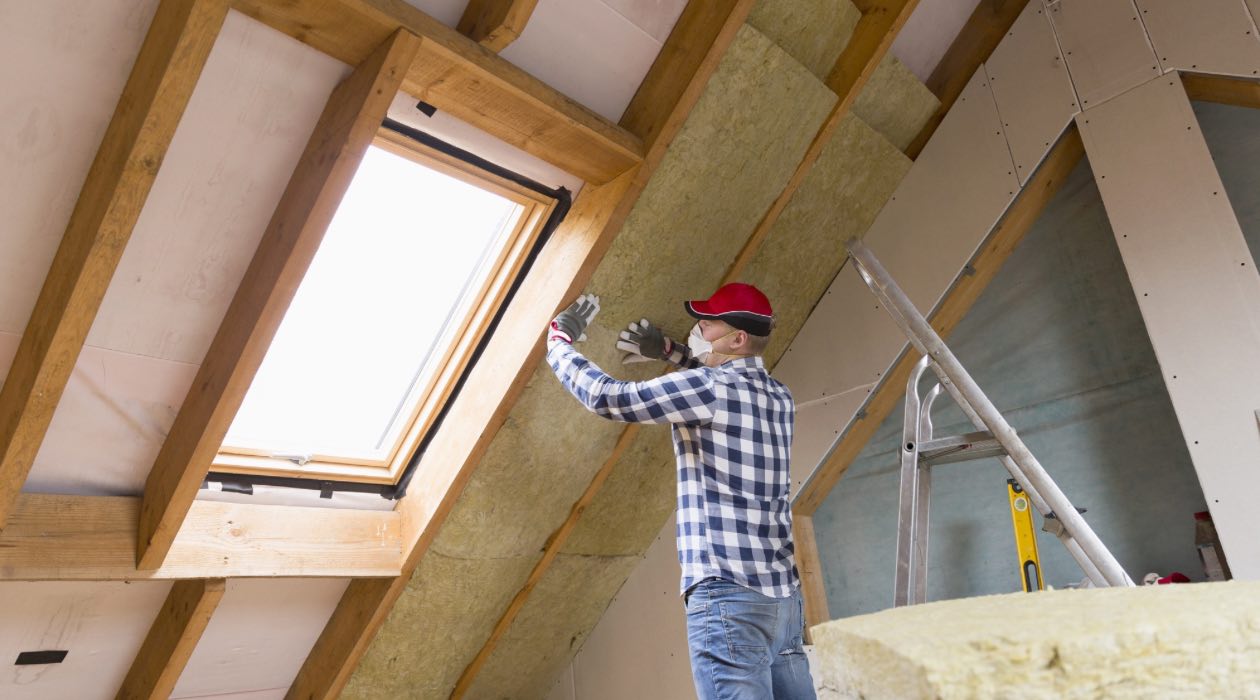
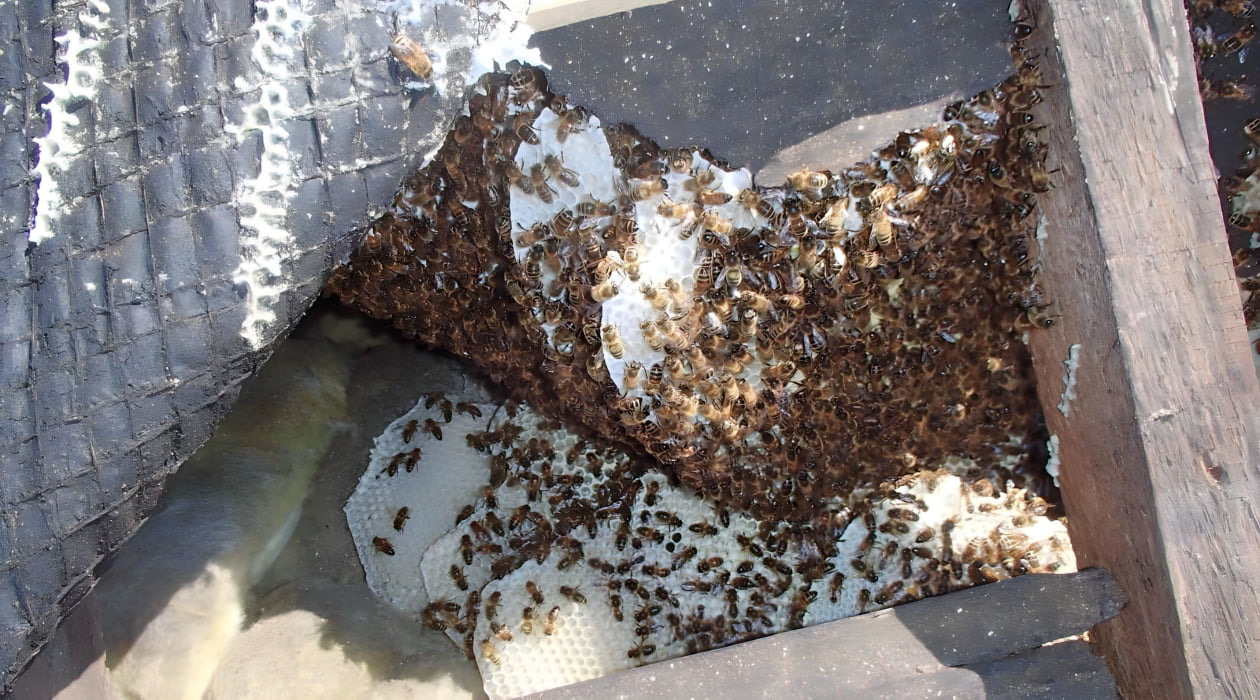


0 thoughts on “How Hot Should An Attic Get”